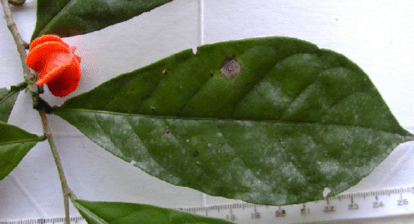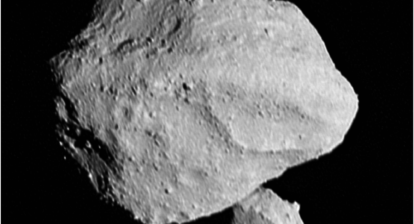On November 18, 2020, the Heliospheric Imager (SoloHI) camera on board the Solar Orbiter (a joint mission to the Sun by NASA and European Space Agency (ESA)) recorded Venus, Earth and Mars together, shining like stars! Venus is the bright one to the left, Earth is in the lower middle (right) and Mars is the tiny one to the lower right.
When the image was taken Venus was around 48 million kilometres away from Solar Orbiter. Earth was 251 million kilometres and the distance to Mars was 332 million kilometres on that day. The Sun is toward the right, outside the video frame. At the time of the recording the Solar Orbiter was enroute to Venus for its first gravity assist flyby, which took place on December 27, 2020. Such flybys from Venus and Earth will bring it to closer to the Sun and also orient it in the correct position to be able to observe our home star from various angles and perspectives.
An extremely complex scientific laboratory, the Solar Orbiter was launched on February, 2020 and is on its way to the Sun. According to ESA: “it will take images of the Sun from closer than any spacecraft before and for the first time look at its uncharted polar regions“. It has six remote sensing instruments and four sets of insitu instruments, and data from all of these will help scientists understand many unanswered questions such as: What drives the Sun’s 11-year cycle of rising and subsiding magnetic activity? What heats up the upper layer of its atmosphere, the corona, to millions of degrees Celsius? What drives the generation of the solar wind? What accelerates the solar wind to speeds of hundreds of kilometres per second? And how does it all affect our planet?
The first ever closest images of the Sun have already taken by Solar Orbiter been released in July 2020. The reveal the Sun’s upper atmosphere (known as corona). This region has a temperature of around one million degrees. The Extreme Ultraviolet Imager (EUI) took these images of the corona and can see features of only 400 km across. Small flaring loops and erupting bright spots can be seen – now called ‘campfires’ after these images were taken. It is thought that they contribute to the extremely high temperatures of the corona, as compared to its centre. They may also be the origin of the solar wind that also impacts our planet.
Solar Orbiter is expected to start its scientific operations in November 2021. The closest distance to the Sun that it will achieve is expected to be 42 million kilometres, plus it aims to be 33 degrees above the solar equator.
Images/ videos credit: Solar Orbiter/SoloHI Team/ ESA & NASA; U.S. Naval Research Laboratory
The selected Optin Cat form doesn't exist.[donate-with-info]







